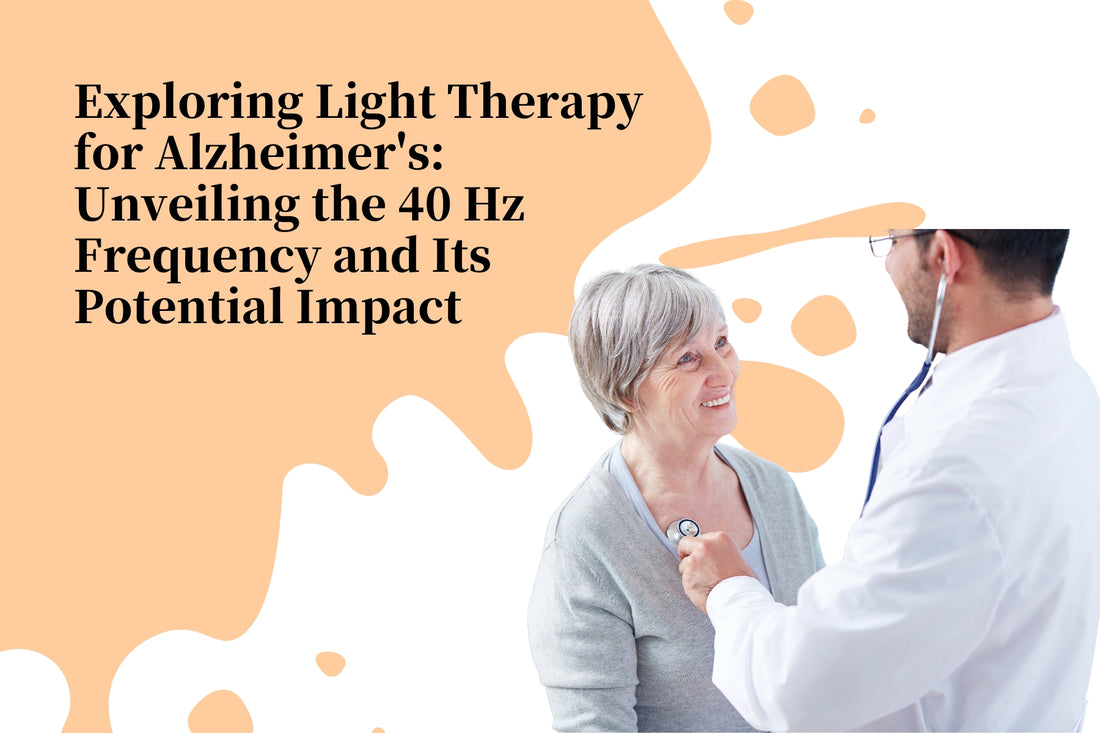Exploring Light Therapy for Alzheimer's: Unveiling the 40 Hz Frequency and Its Potential Impact
In recent years, there has been a buzz around the possibility of treating Alzheimer's disease by using a specific frequency of light. This intriguing concept revolves around the research led by Professor Cai Lihui from MIT, a Taiwanese scientist. The theory is rooted in the idea that our millions of neurons communicate through radio waves, and these brain waves can be categorized into different types.
One key player in this research is the gamma wave, occurring between 25 and 140 Hz. Scientists observed that this wave appears during periods of deep concentration and, interestingly, during deep sleep. Drawing a link between brain waves and diseases, researchers examined Alzheimer's patients and found distinctive characteristics in their gamma and delta waves.
The breakthrough came when the research team contemplated inducing concentration-enhancing wavelengths to stimulate the brain positively. This led to the development of the 40 Hz screen flash, initially tested on genetically edited mice that mimic Alzheimer's disease. The results were promising, showing a reduction in the amylogen protein associated with Alzheimer's when exposed to this specific light.
The findings gained widespread attention when published in the Nature journal in 2016-2017, prompting further exploration. The non-invasive nature of the approach sparked interest in using it on Alzheimer's patients, yielding preliminary positive results in some with mild symptoms. However, caution is advised, as not everyone may respond positively, considering the potential sensitivity of certain individuals to such stimuli.
The research extended beyond Alzheimer's disease, showing potential applications in other conditions like depression and anxiety. While this method has its merits, it is not without flaws. Its lack of precise targeting raises concerns about potential side effects, similar to challenges faced by acupuncture or music therapy.
As the research progresses, it remains uncertain whether this approach could become a mainstream treatment for Alzheimer's. We suggest viewing it as a complementary method, akin to acupuncture or music therapy, rather than a standalone solution. The need for caution and further research before considering the purchase of related products.
In conclusion, while light therapy at 40 Hz shows promise in alleviating symptoms of Alzheimer's and other conditions, its role as a primary treatment method is yet to be established. We advocate for a balanced approach, highlighting both the potential benefits and the need for further research in this fascinating field of study.


